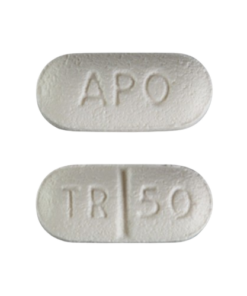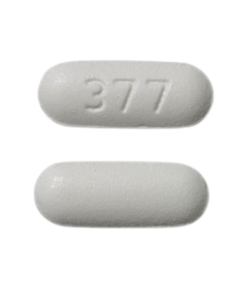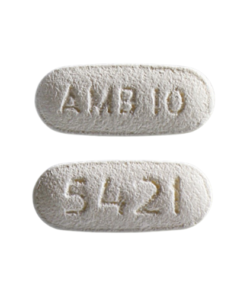Diazepam 2mg
$40.00 – $150.00Price range: $40.00 through $150.00
SKU: N/A
Category: Uncategorized
Tags: diazepam, diazepam 10mg pill, diazepam 2mg, diazepam blue pill
Brand: Cure Medicald
Diazepam
Diazepam is a medication commonly used to treat a variety of conditions, primarily related to anxiety and nervous system disorders. Here are key points about it:
- Class: Benzodiazepine
- Brand Name: Valium (among others)
Uses of Diazepam
- Anxiety disorders
- Muscle spasms
- Seizures (including status epilepticus)
- Alcohol withdrawal symptoms
- Sedation before medical procedures
How It Works
Diazepam enhances the effect of a neurotransmitter called GABA (gamma-aminobutyric acid), which calms brain activity.
Common Side Effects Include:
- Drowsiness
- Fatigue
- Muscle weakness
- Dizziness
- Confusion (especially in elderly people)
Diazepam Dosage
The dosage of diazepam depends on the condition being treated, the patient’s age, weight, overall health, and response to the medication. Here are general guidelines, but always follow your doctor’s prescription:
General Dosage Guidelines (for adults):
1. Anxiety:
- 2 to 10 mg, 2 to 4 times daily
2. Muscle Spasms:
- 2 to 10 mg, 3 or 4 times daily
3. Seizures (Adjunctive treatment):
- 2 to 10 mg, 2 to 4 times daily
4. Alcohol Withdrawal:
- 10 mg 3 to 4 times during the first 24 hours, then 5 mg 3 to 4 times as needed
5. Preoperative Sedation (oral):
- 5 to 10 mg, 1 dose, 30–60 minutes before the procedure
Elderly or Debilitated Patients:
- Start with 2 to 2.5 mg, 1 or 2 times daily. Increase cautiously.
Children:
- Usually 1 to 2.5 mg, 3 or 4 times daily. Adjust based on age and response.
Conclusion
| Quantity | 10 Pills, 20 Pills, 30 Pills, 50 Pills |
|---|
Be the first to review “Diazepam 2mg” Cancel reply
Related products
Uncategorized
$18.00 – $270.00Price range: $18.00 through $270.00
Uncategorized
$150.00 – $800.00Price range: $150.00 through $800.00
Uncategorized
$80.00 – $450.00Price range: $80.00 through $450.00
Uncategorized
$35.00 – $350.00Price range: $35.00 through $350.00
Uncategorized
$40.00 – $400.00Price range: $40.00 through $400.00
Uncategorized
$80.00 – $2,500.00Price range: $80.00 through $2,500.00
Uncategorized
$80.00 – $600.00Price range: $80.00 through $600.00
Uncategorized
$50.00 – $400.00Price range: $50.00 through $400.00













Reviews
There are no reviews yet.